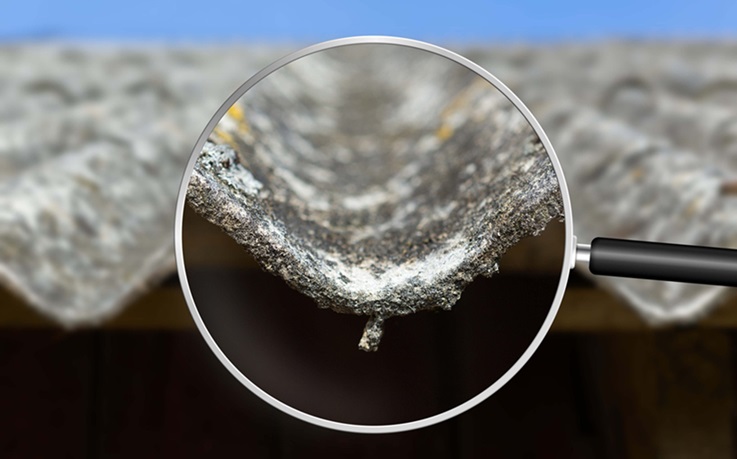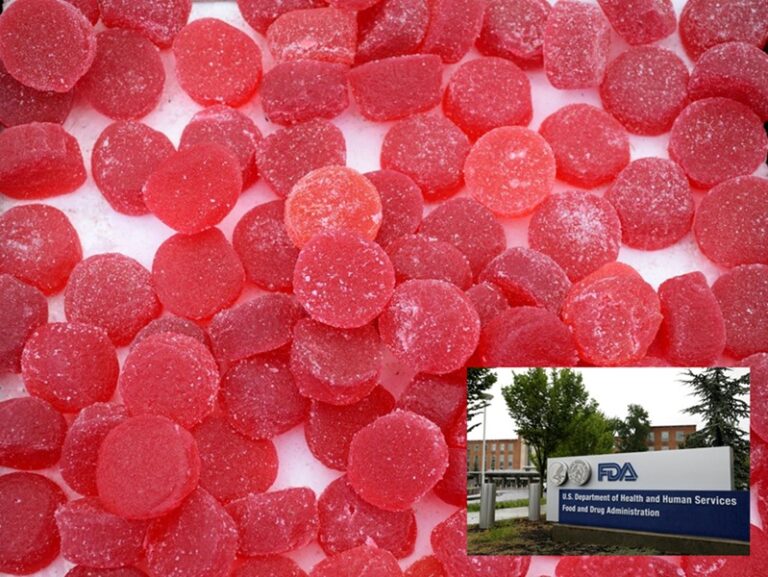For 35 years, asbestos has been banned in Singapore, yet its deadly impact lingers. Despite the prohibition, the number of malignant mesothelioma cases—a cancer caused by asbestos exposure—has surged, rising from just five in the early 1980s to 110 in 2019. The stealthy nature of this illness means that many younger Singaporeans are unfamiliar with asbestos and the danger it still poses.
Asbestos, once valued for its heat-resistant properties, was widely used in construction, shipping, and consumer goods before its hazards became known. This silicate mineral found its way into brake pads, insulation, and even cosmetics. It wasn’t until the 1970s, when researchers linked asbestos to fatal diseases like mesothelioma, that global bans began, but by then, the damage was already done.
Malignant mesothelioma is a rare cancer that takes decades to manifest. It affects the lining of the lungs and abdomen, with a near-certain fatality after diagnosis. Singapore’s workers in shipbuilding, construction, and asbestos manufacturing were especially vulnerable. Although asbestos use has long been halted, fibers from older buildings or ships still pose a risk, and the disease’s delayed onset complicates compensation claims.
The challenge now is proving occupational exposure for older patients. With industries shuttered and workplaces gone, tracing the source of asbestos exposure is difficult. The average age of diagnosis in Singapore has risen from 51 in the 1980s to 72 in recent years, further complicating the ability to confirm cases as work-related. The country’s shipbuilding legacy, in particular, remains a hidden source of risk.
Singapore’s experience underscores a hard truth: asbestos’s threat doesn’t vanish with a ban. Countries must stay vigilant, ensuring safe practices for workers, boosting public awareness, and providing long-term healthcare support. While Singapore has made strides in regulation, the fight against mesothelioma’s slow, silent spread is far from over.
(Source: The Diplomat | 360info)









